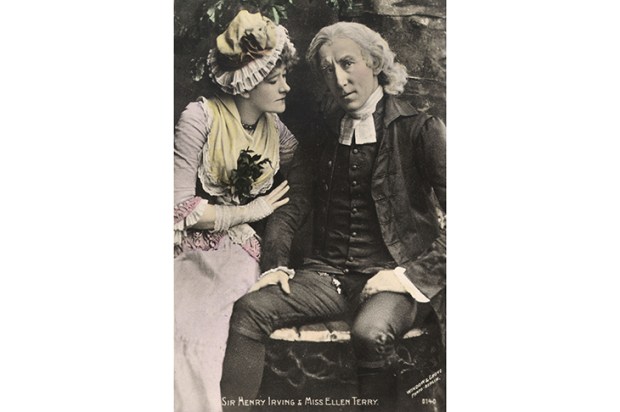Jill Dawson has a taste for murder. One of her earlier novels, the Orange shortlisted Fred and Edie, fictionalised the 1922 Bywaters and Thompson murder case. More recently, The Crime Writer cunningly blended an English episode from the life of Patricia Highsmith with elements of one of Highsmith’s own crime novels.
Now Dawson has turned to the Lucan case, which has rarely been far from the tabloid headlines since 1974. One November evening, an intruder bludgeoned to death the Lucan children’s nanny, Sandra Rivett, in the basement kitchen of their Belgravia home and viciously attacked Lady Lucan herself. Lord Lucan disappeared in murky circumstances and has never been found. At the inquest, he was named as Sandra Rivett’s murderer.
Most of the media coverage has focused on the missing earl rather than the dead nanny. In this fictional recreation of the case, Dawson redresses the balance by showing the viewpoint of his victim, reincarnated as the delightful and generous-hearted Mandy Rivers.
The novel’s other viewpoint is that of the entirely fictional Rosemary, the daughter of a Fenland farmer, who, by way of a mental hospital, has become a Norland nanny. She’s the one who finds Mandy the job of looking after the confused and repressed children of Katherine, Lady Morven.
For much of the novel, Rosemary acts as a sort of Greek chorus, who comments on the events leading to the catastrophe while herself falling under the spell of the dashing Dickie, Lord Morven (a moustachioed, upper-class basket case with attachment issues). At moments of crisis, she hears the birds saying nasty things to her.
Mandy is presented as a wholly benign figure, helping the unfortunate children and dealing gently with Katherine, whose main occupation consists of flicking through magazines while popping tranquillisers. In her spare time, Mandy has a joyful relationship with a Caribbean barman.
Dawson has the admirable aim of refocusing the Lucan case on the victim, and to a large extent she succeeds. The nanny’s-eye view of these posh, emotionally stunted people is entirely effective. Familiar though it is, the story becomes both grim and gripping, while the murder itself is genuinely shocking.
The Rosemary sections of the narrative, however, seem semi-detached from the rest of the novel. They add, as Rosemary’s hold on reality slips away, a rather laboured Gothic touch. On the other hand, they do provide a useful way of allowing this dark story to continue after the murder.
All in all, this beautifully written novel achieves its aim: it gives the victim back her voice.
Got something to add? Join the discussion and comment below.
Get 10 issues for just $10
Subscribe to The Spectator Australia today for the next 10 magazine issues, plus full online access, for just $10.
You might disagree with half of it, but you’ll enjoy reading all of it. Try your first month for free, then just $2 a week for the remainder of your first year.














Comments
Don't miss out
Join the conversation with other Spectator Australia readers. Subscribe to leave a comment.
SUBSCRIBEAlready a subscriber? Log in